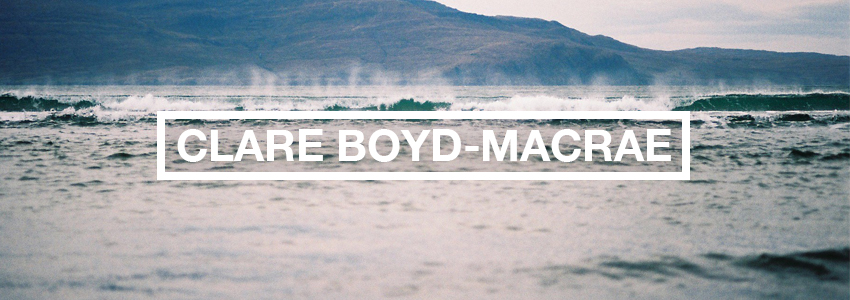An hour in the city
 Sunday, June 19, 2011 at 02:08AM
Sunday, June 19, 2011 at 02:08AM Not that long ago, I wrote a blog post about three things I had pondered or noticed that week. More than once I’ve heard or read an admonition to recollect, each evening, three things that have made you happy that day. It’s not a bad idea. Partly because it makes you realize it’s not all gloom and doom. Partly because it’s a good exercise in mindful reflection.
The Jesuits traditionally perform their ‘Awareness Examen’ at the end of every day. Thinking through, and in their case, offering to God, all that has happened that day – the tough things, the actions or words they regret, others that have brought them satisfaction or happiness.
I suppose any practice that makes us pay attention in this frazzled, short-attention-span world has got to be a good thing. And as a writer, it pays me to pay attention to the minutiae of everyday life – both the unusual and the very ordinary.
One day last summer, walking to work parallel to Royal Parade, I noticed that jacarandas and agapanthus are exactly the same colour. In one of the lovely gardens in The Avenue, a branch of jacaranda hung down low, almost touching the rich purply-blue star burst of an agapanthus blossom standing up proudly just beneath. The colours were identical.
Returning home that afternoon, I saw what looked like a young man walking in mid air, between two slight trees on the edge of Royal Park. It wasn’t until I got close that I realized that he was, in fact, tightrope walking in soft, chalked slippers. I stood and watched him for a while and then I told him and his mate that from a distance it looked as though he was sauntering through thin air.
Just last week I went for a wander at lunch time and saw three strange or funny things in the bustle of the city crowds.
First, I went to a theatre to buy tickets to a show. There were two people behind the desk. One was a very pretty young girl who appeared, from watching her interactions with those in the queue ahead of me, to be both efficient and personable.
The other, who I didn’t see properly until I got to the front of the line, was a very big and hairy man with wide, pale blue eyes. He had several strings of tiny purple glass beads around his neck, chunky silver rings on most of his fingers and, most surprising of all, baubles like small Christmas decorations hanging from both ears.
I was noting all this with interest when I realized that, mid conversation, the man was falling asleep. His big blue eyes began to close, then shut completely and his head nodded, then lolled. Once his head went as low as it could, he roused himself and continued talking as though nothing had happened.
Our transaction took a long time. The young girl next door had processed four would-be patrons in the time he had taken to absorb my request – the show, the dates, the seats I wanted. The queue having been dealt with, the girl let herself out of the booth and wandered off, came back after a while and I was still there, trying to explain to Noddy what I wanted.
He kept falling asleep. He kept asking me which date I wanted again, and which seats and how many and which artist. And then he’d doze off again.
Should I have asked him if he was all right? He didn’t seem in the least embarrassed by what was happening repeatedly, so I assumed all was well and checked my tickets very carefully when he at long last handed them over.
From there I went to Myer. There was a sale on, and anyway, I like traveling up and down the escalators, staring up at the high, airy space in the middle of the shop. I took a dress to try on and as I was waiting (queues, like beaches, are great places for people watching) outside the ladies change rooms, I noticed, on the strategically placed chairs outside the rooms, four middle aged to elderly gentlemen, two of whom looked an odd combination of bored and embarrassed and two of whom were sound asleep.
Wandering back to my office, I came up behind a stocky lady with short grey hair. She wore a pleated beige skirt with a pale blue cardigan, black tights, bobby socks and old lady bowling shoes. In her hand, she carried a floral bag with cane handles. Stopped at traffic lights, she turned, revealing her profile, and I saw that she had a thick grey beard and a face that obviously belonged to a mature man.
I had seen her in the city before, this man-lady, so I wasn’t as surprised as I might have been. As the lights changed and pedestrians streamed past both of us in the opposite direction, however, I saw several of them startle, do a double take, try hard not to stare as she strode on her brisk and jaunty way.
Then I was back at my computer, typing up the minutes of a meeting. Wondering at the strange things you can see without even trying, in an hour in the city.
 Clare |
Clare |  5 Comments |
5 Comments | 